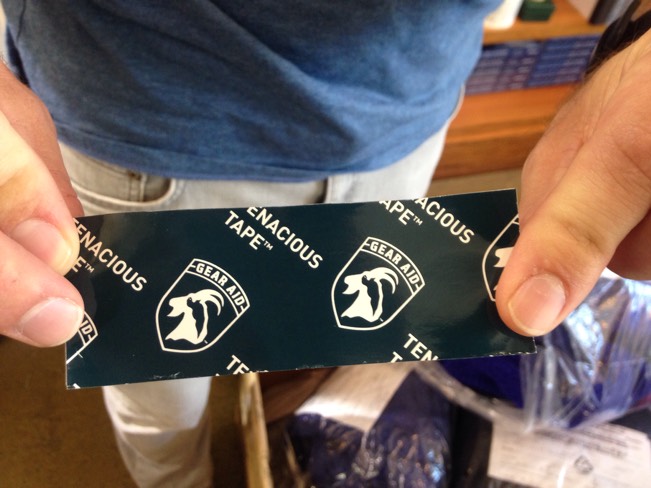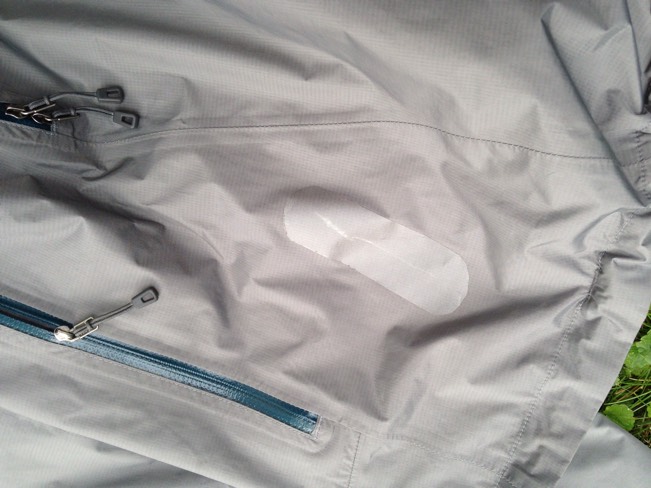Right Action is the forth precept along The Noble Eightfold Path. The reason The Noble Eightfold Path is, well, a path, is that each precept is meant to lead to and support the next. Just as our next step follows and is predicated on the one before it. So too, before one takes action, one must have, understanding, intention, and speech rightly aligned. Because your action will be supported, flow from and be informed by all of these — rightly aligned or not.
Because I have taken some time to dwell upon and attempt to be mindful of my understanding, it motivated me to not be so quick to react to someone else’s statement or post, to take a step back and attempt to see and read things for what they are, and to identify and confront my own negativity and desires. By doing so, this informed my intentions. In other words, I engage myself in an internal dialog around what would be accomplished. Would my intention be to understand or instruct? Would it be to learn the truth of what another believes or to advance my own? Would my intention be helpful or hurtful? Only when assuring as much as I could to myself that my intention was for truth seeking, understanding, and coming from a place of compassion, my speech will then be grounded in and driven from there. This, then, would lead to a proper action if one needed to be taken.
Right Action can also be applied to the very reason we might use social media in the first place — to participate in and build healthy community. This begins with who we choose to commune with and who we may not want to. There will be those people and entities we choose not to engage for a iety of reasons. Perhaps they promote a mostly negative view of the world. Perhaps they are unwilling to engage in friendly and respectful discourse. Perhaps it is as simple as not having something to say you are interested in. Or, more simply, you simply have too many you are currently following, you are at the limit of what you can meaningfully engage with, and know that adding a single person more would reduce your capacity for the rest. All of this is not only OK, but are considerations that, in a perfect world, others are making about you.
As for me, I know that the limit of those I can effectively follow on Twitter, or any other social media platform, is around 350. And even then, it is with some allowances and caveats. For example, I allow myself to be comfortable with missing things. When I open Twitter, I rarely scroll back very far to "catch up" on what I may have missed. I figure that if it is important it will likely come up again. For instance, if someone mentions it is their birthday, because many that I follow are friends of others I also follow, I will likely see someone wish them a happy birthday. I, then, see it is their birthday and will do the same. Important news or happenings are usually important to many. Therefore, there is no need to go back and see what you "missed" because it will likely be repeated again and, in most cases, far more than you care to even read.
How we organize Twitter is part of this too. I have recently reconfigured my main timeline to be exclusively people I know and/or care about. Everyone and everything (companies, organizations, etc.) else has been unfollowed and put into a list I have named "Interesting". I dip into this list about once a day and only if I have time. The one other list I have I call "High Volume" — a list of people who’s work I wish to follow or am otherwise interested in but post so frequently that they would drown out others in my main stream and it would be difficult to feel I was taking Right Action when it comes to them. I check this list as time allows as well. What this organizational strategy has resulted in is a timeline that is much easier to engage — a place I want to visit because my friends are there.
Right Action is about how and what we post about as well. Does what you have to say add value, help another, add to the conversation, start a useful dialog, float a good idea, worth someone’s time, or otherwise spread kindness? These are all things worth your action. Negativity, argumentative responses, fear, taking pleasure in the misfortune of others, time wasting, or that which is benign or useless should be rethought.
Action, as a concept, is a dynamic word. It implies activity. It is not something that is "set and forget". Quite the opposite, in fact. A path is only a path of one use it to move from one point to the next. Therefore, all of these steps should be actively applied in all of our dealings, including social media.
How we apply Right Action when it comes to any of our social media tools begins at the root of our use of them. This starts with understanding what role they play on our lives and our intentions when using them. Hopefully, some of the ways I’ve applied the path I choose to take will be helpful to ou as well.



